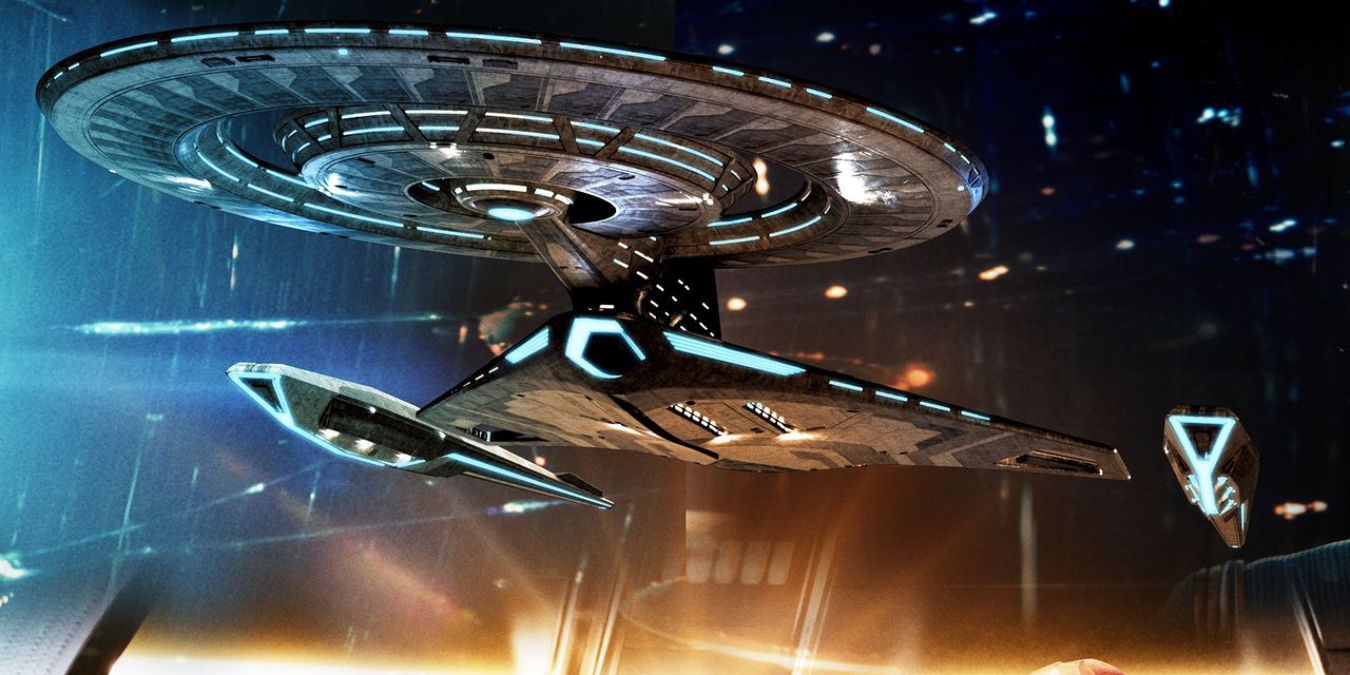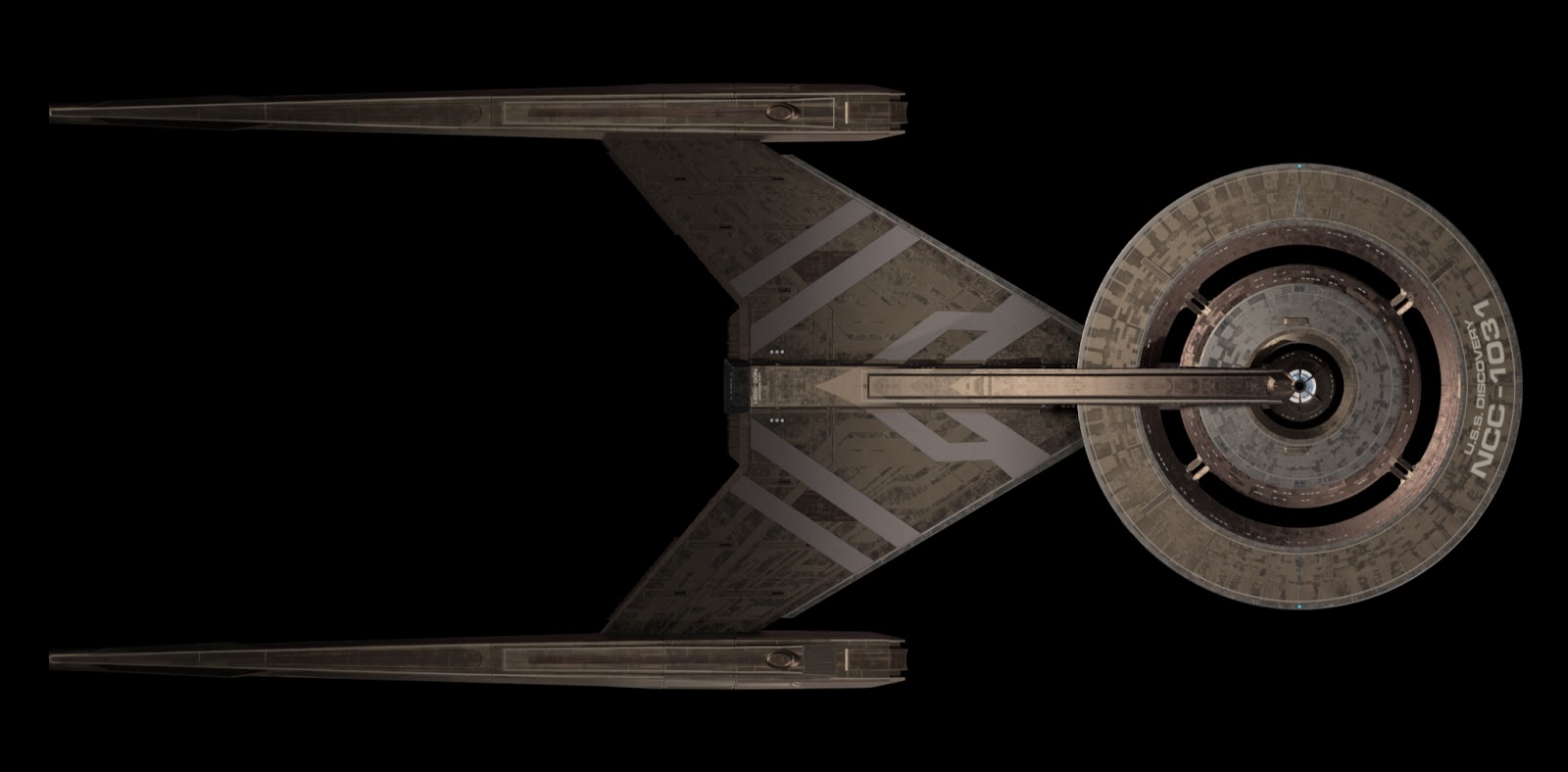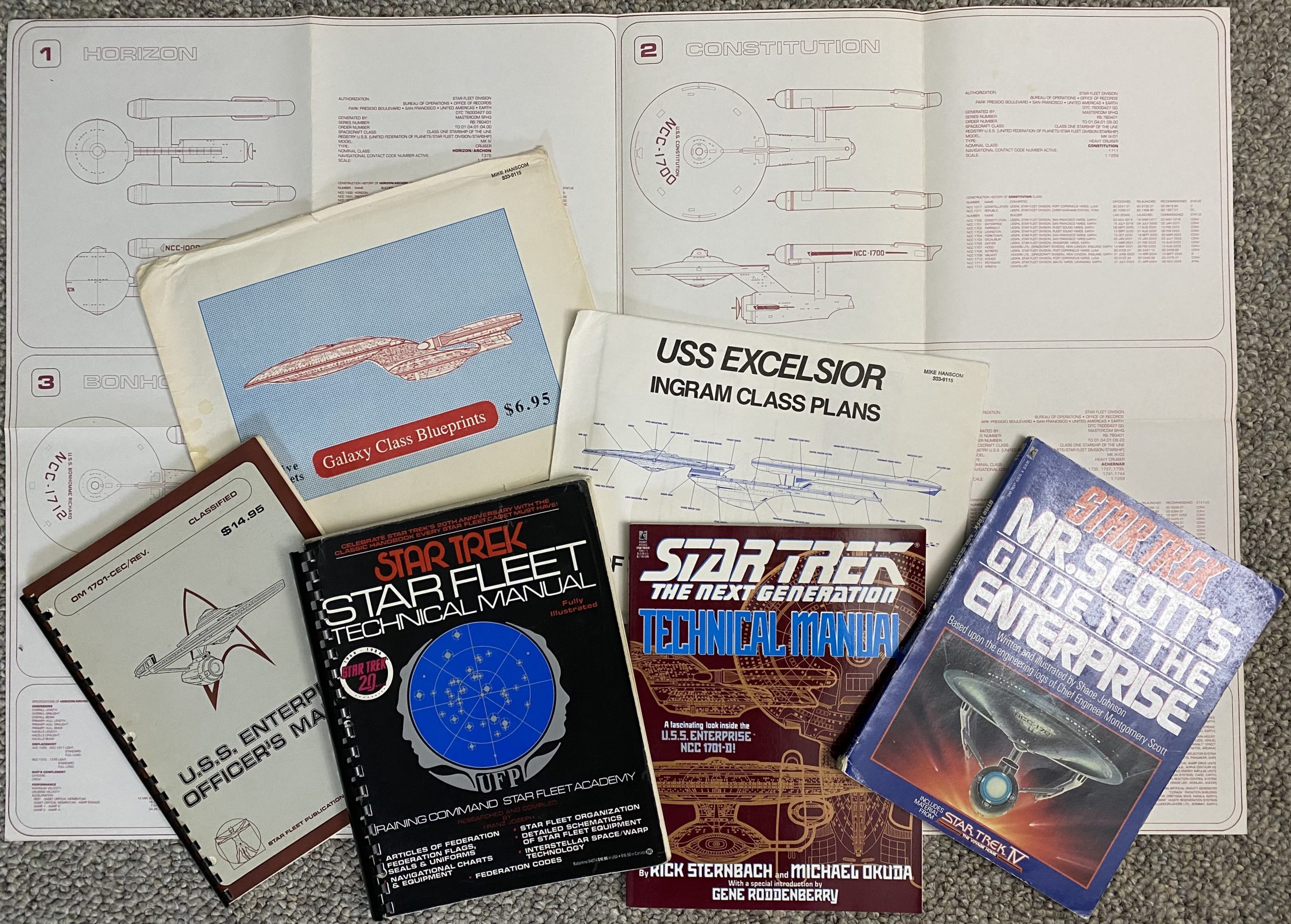Okay, now that Discovery is done, I have some questions for the technobabble Trek geeks out there.
Brief background: The plausible tech is a large part of what has always drawn me to Trek. I’m the kid who was buying blueprints and memorizing technical manuals.
And I have to admit, this is one of the areas where Discovery has been a little shaky for me, particularly in the final three seasons after the jump to the far future.
I get that it was a jump from already futuristic tech to really futuristic tech, and it wouldn’t have been very interesting if everything just worked essentially the same way. But so much of it just ends up toeing or actually crossing the line from science fiction to Star Wars-style space fantasy magic that it kept bugging me.
So what I’m hoping for is some good old-fashioned technobabble “but make it plausible” speculation on some of the new tech.
- How do the transporters know where people want to go? They just tap the badge and “poof” they’re there, but there is never (that I’m remembering) any sort of direct instruction given to the system. The best I can come up with right now is that the badges must be constantly monitoring and processing every bit of audio (and possibly video? and more?) around so that they can infer from the immediately preceding conversation where the user wants to go and how many other nearby people should be transported with them. And that’s not creepy or a privacy concern at all! ;)
(Yes, from a real-world storytelling perspective, tap-and-poof is much simpler than constantly having to say “beam me to [here]”; it’s basically the same reason nobody in films or TV says “goodbye” at the end of a phone conversation, and instead both parties just know when they’re done and hang up. But it bothers me!)
-
What’s the rationale/advantage to ships that consist of multiple pieces floating near each other, presumably held together with force fields? I can see the idea as an extension of Voyager’s nacelle reconfiguration (which, to be honest, I don’t remember if that was ever explained officially or unofficially; did that change the warp bubble shape or something for greater efficiency?). But I’m unsure if the practicality, especially when it comes to critical pieces of the ship like, oh, the engines. Not only is there now no easy way to physically get to those sections of the ship through Jefferies tubes for maintenance or emergency repairs (though tap-and-poof I suppose accounts for that…as long as you’re not having any problems with the transporters, at least, and we all know how reliable they are), but how does the warp propulsion system even work with disconnected nacelles? Since pre- and post-Burn warp technology still used dilithium crystals, I assume the basics are still more or less the same (matter/antimatter streams combined within the dilithium crystal to create the power stream that’s split and sent to the engines to create the warp field bubble, with actual propulsion through both warp and normal space handled by the impulse engine), so how does the post-dilithium power stream get to nacelles that are physically disconnected from the ship?
There may be other bits, but those are the two that have really stood out to me. They just feel too much like the writers/producers saying “if we do this it’s neat and futuristic and cool” without putting much thought into any in-universe rationale. It moves Star Trek from science fiction to space fantasy, and that’s just not quite as interesting for me…but I also believe that we’re a big ol’ bunch’a nerds who have spent decades proving that we can retcon and explain anything if we really want to, so I’m sure these are no exceptions. :)




